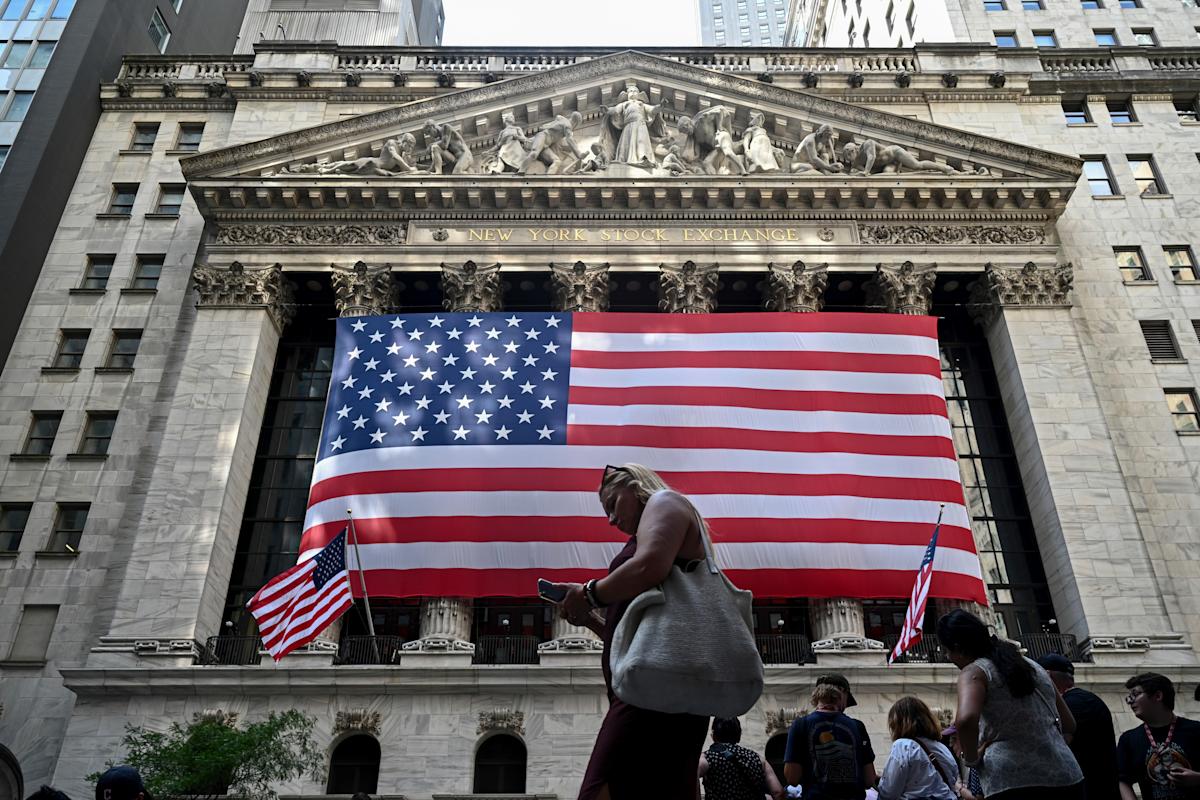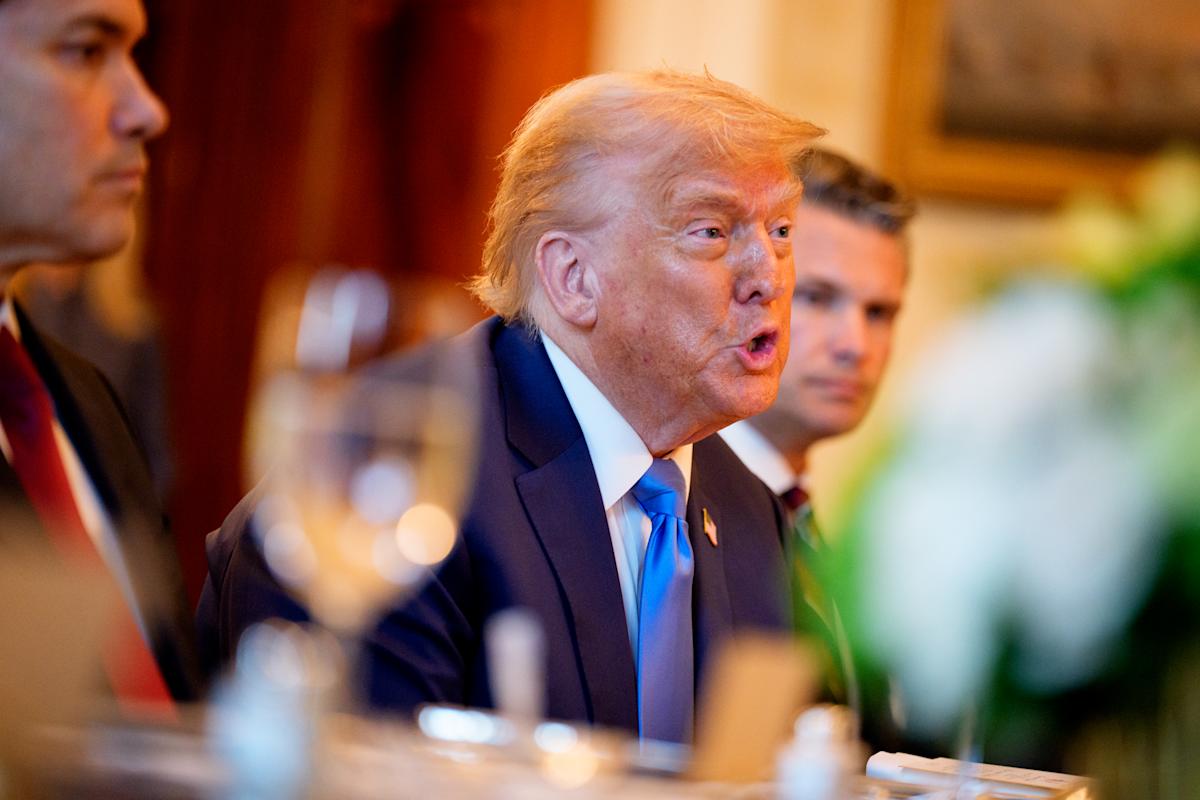
Stock Futures Steady Ahead of US-China Trade Talks
Market Performance Overview
U.S. stock futures showed limited movement on Friday, with the Dow Jones Industrial Average, S&P 500, and Nasdaq futures reflecting minimal changes. Dow futures slipped by approximately 0.2%, while S&P 500 futures remained flat, and Nasdaq futures edged up by 0.1%. The muted action follows a robust rally during the previous session, largely fueled by optimism surrounding a new U.S.-UK trade agreement. The deal, which reduces tariffs on a range of goods, has been seen as a positive step toward easing global trade tensions. However, the restrained futures activity suggests markets are adopting a wait-and-see approach ahead of further developments.
US-China Trade Talks in Focus
Investors are closely monitoring the upcoming U.S.-China trade discussions in Switzerland, which aim to address long-standing tariff issues. The U.S. administration has hinted at the possibility of lowering tariffs by up to 60% as part of an effort to encourage reciprocal action from China. Outcomes from these meetings could range from substantive progress to continued deadlock, with significant implications for global trade and market sentiment. President Trump has maintained an optimistic tone, describing the talks as "substantive," but analysts caution that unresolved tensions could lead to heightened market volatility.
Broader Market Sentiment
Despite ongoing uncertainties, investor sentiment has remained broadly positive, driven by hopes of progress in trade negotiations. Thursday's rally showcased this optimism, with industrial and consumer discretionary sectors leading the charge. However, mixed earnings reports and global economic concerns, such as declining labor productivity and inflation risks, continue to weigh on the broader outlook. Companies like U.S. Foods and Expedia have reported weaker-than-expected results, while others, like Sezzle and Pinterest, have outperformed estimates. This divergence highlights the uneven impact of macroeconomic factors on corporate performance.
 Sources
Sources- Stock market today: Dow, S&P 500, Nasdaq futures stall Wall Street eyes coming US-China trade talks
 yahoo
yahoo - Stock Futures Flicker Gains Losses Strong Three-Day Run: 'Tariffs Steering Boat Again,' Says Expert
 benzinga
benzinga - stock index futures muted rally; China talks awaited
 yahoo
yahoo - 5 Things to Know Before the Stock Market Opens
 investopedia
investopedia
- Stock market today: Dow, S&P 500, Nasdaq futures stall Wall Street eyes coming US-China trade talks
 yahoo
yahoo - Stock Futures Flicker Gains Losses Strong Three-Day Run: 'Tariffs Steering Boat Again,' Says Expert
 benzinga
benzinga - stock index futures muted rally; China talks awaited
 yahoo
yahoo - 5 Things to Know Before the Stock Market Opens
 investopedia
investopedia




